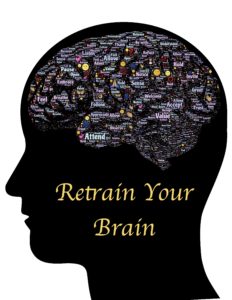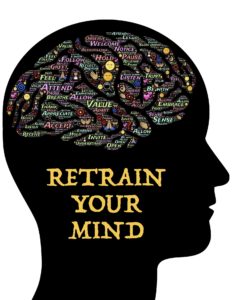-
What Style of Yoga?
As you have likely discovered by this point, I am passionate about yogic living. I see it as a wonderful framework to lead a happy, healthy, connected life. I am also incredibly passionate about science, and knowing how the practices of yoga effect our bodies and minds. This is why I’ve studied (and continue to study) the neuroscience of yoga, and develop my yoga classes based on the neuroscientific evidence.
These yoga classes aren’t like most of the classes you may have experienced. The classes I teach are slow, mindful, and meditative, and include specific movement patterns and practices and that challenge the brain and improve the nervous system.
Some of the benefits that I’m most excited about include: improved cognitive function (related to learning, remembering, problem-solving, paying attention, and focus); improved function of the autonomic nervous system (automatic functions of the body, like temperature regulation, breathing, heart beating, eliminating etc.); nervous system resilience (your body’s ability to cope with external stressors); improved proprioception (your ability to know where your body is in space – helping to prevent bumping, tripping, falling, etc.); improved interoception (your ability to sense what’s happening inside your body – noticing when something’s “not quite right”, sensing poor posture that could result in chronic pain, sensing when you’re full, or hungry, etc.); decreases inflammation (the cause of many chronic health issues); reduces chronic pain. And of course there are the more well known benefits like, improved strength, mobility, balance, lung capacity, reduced stress levels, decrease in depressive symptoms, relief from anxiety, sleeping better, and on, and on, and on.
Can you see now why I’m so passionate about this practice? The scientific reports just keep rolling in about the positive effects of slow, mindful movement, meditation, breathing techniques, visualization, chanting (a devotional vocalized breathing technique), specific patterns of movement, and more.
Want to take a class with me?






